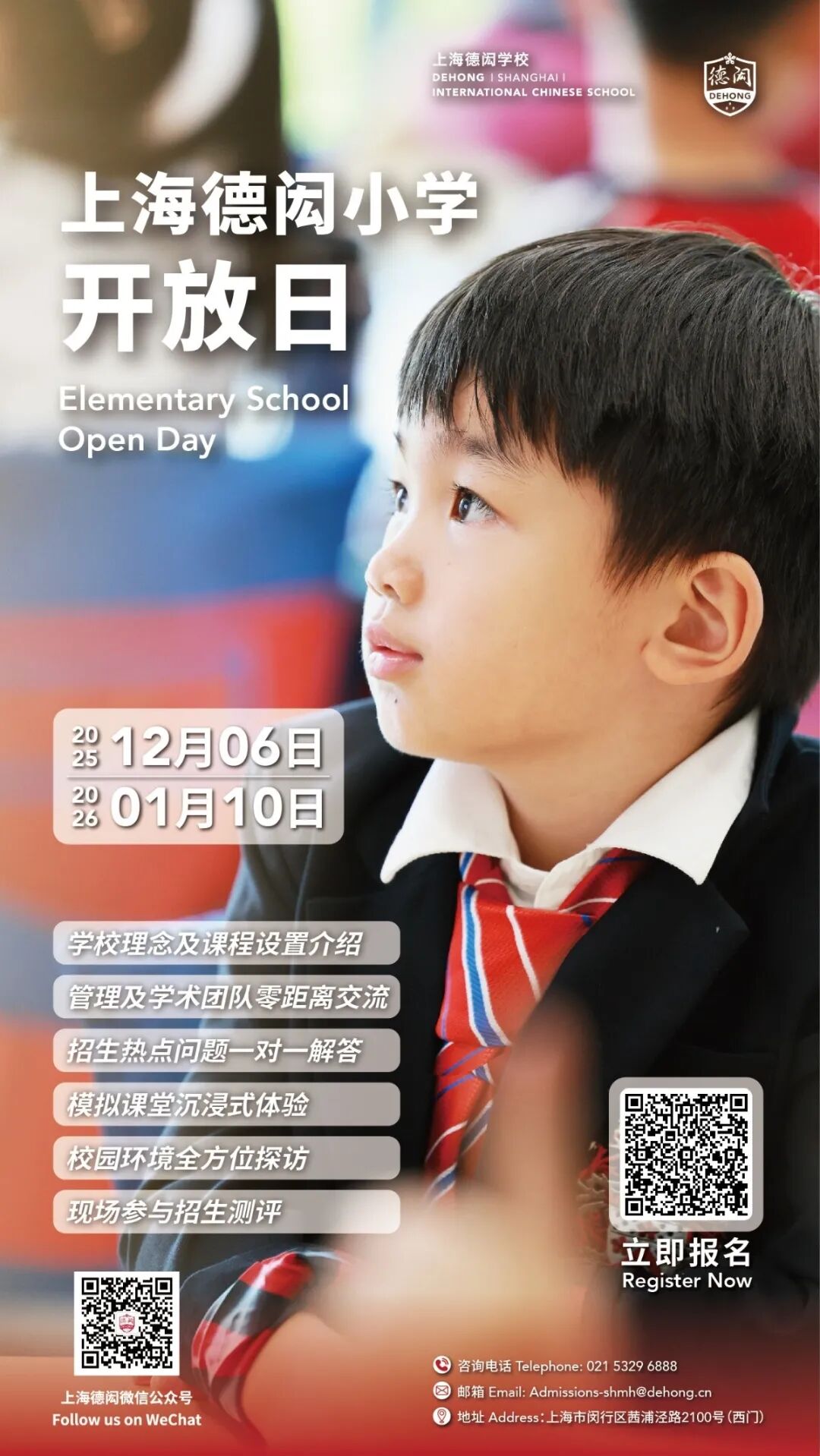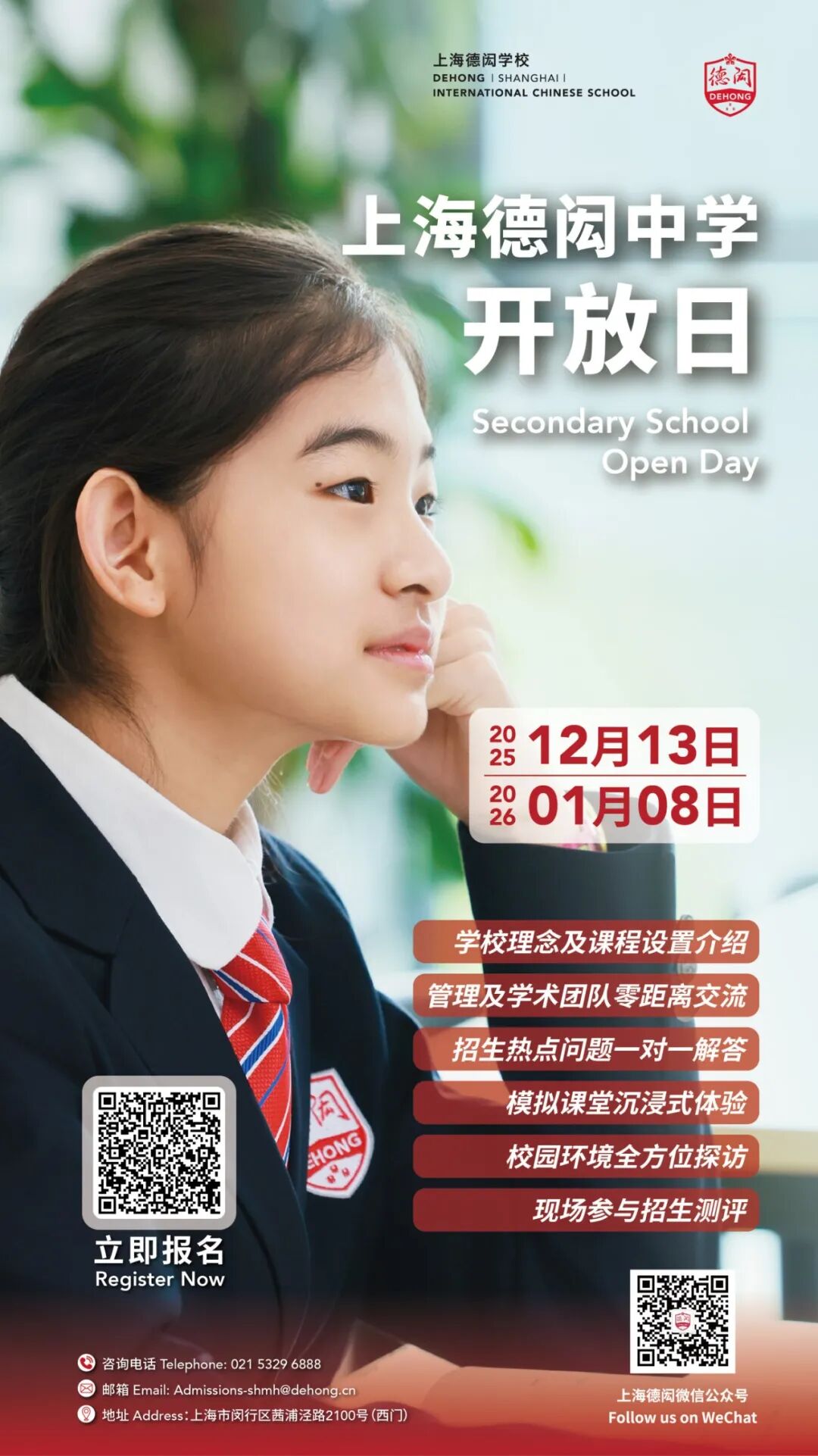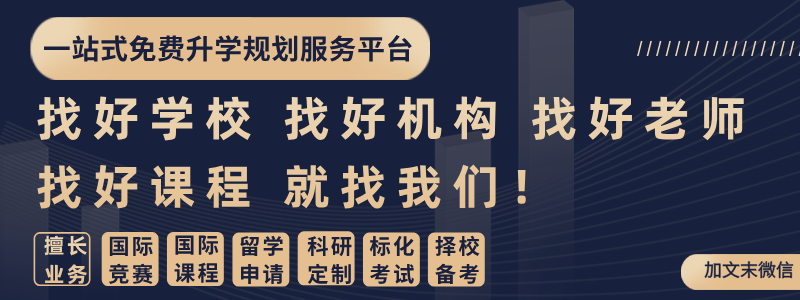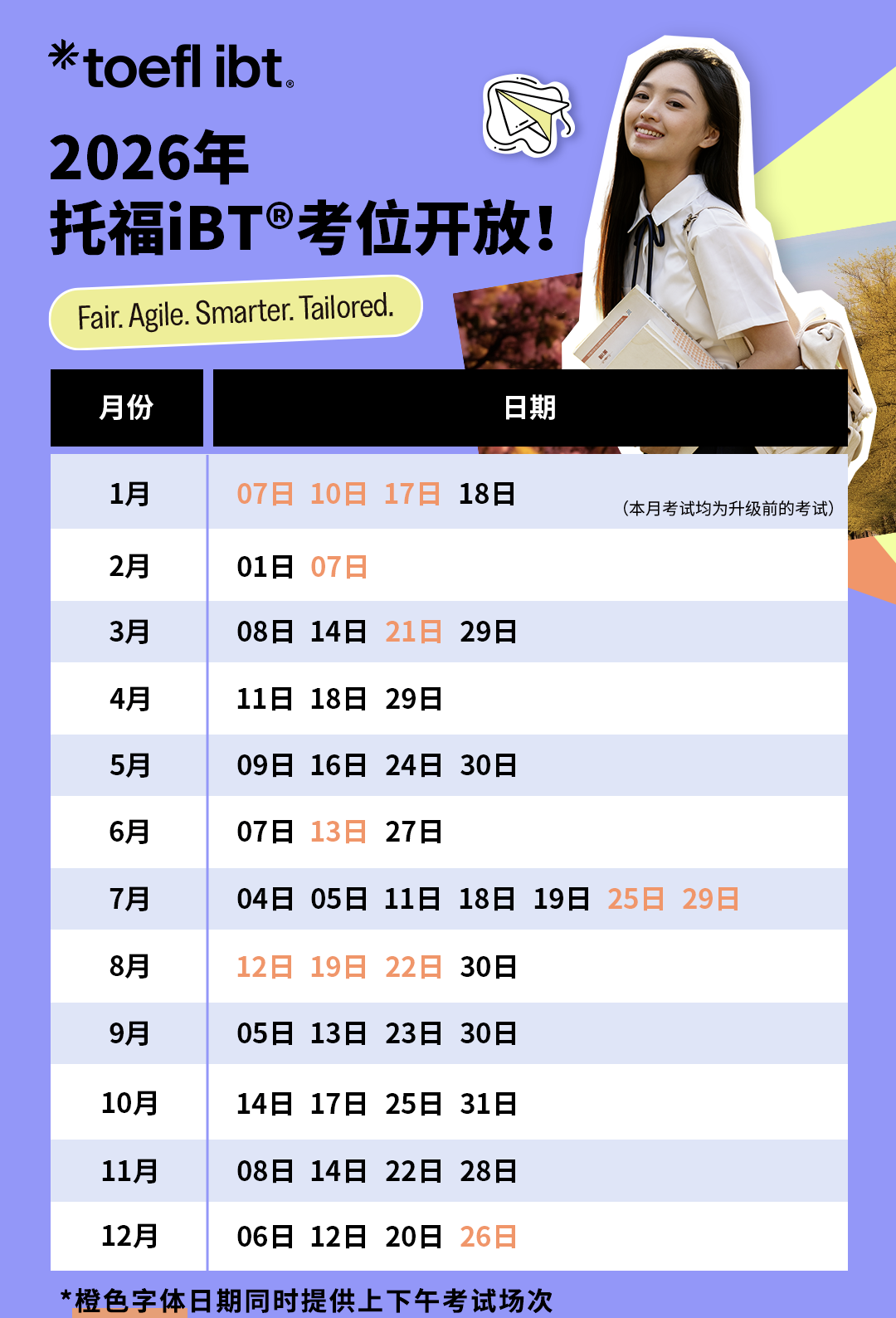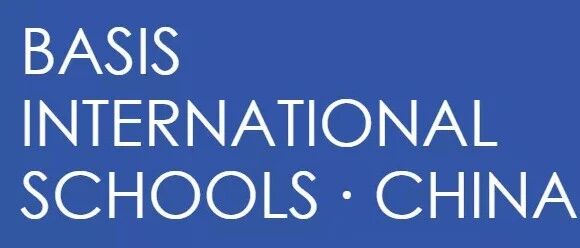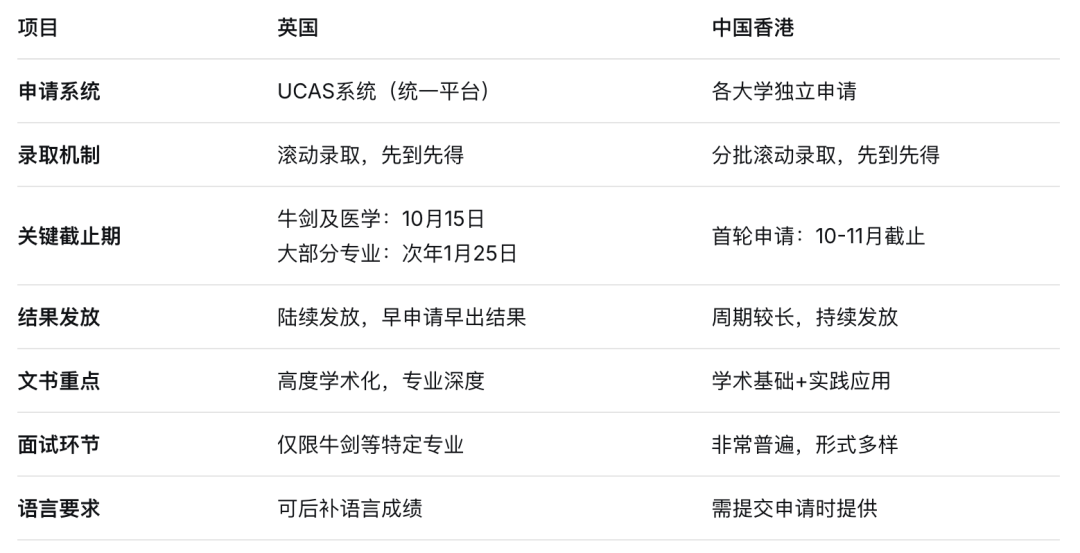您是否好奇,孩子在德闳小学部的科学课堂上究竟学些什么?他们是如何用英文探索科学世界的?“探究式学习”这一听起来有些抽象的概念,在真实课堂中又是如何展开的?
为了让家长身临其境地感受德闳科学课堂的魅力,上海德闳小学EML(英文媒介授课)教学团队特别策划了一场别开生面的家长学院科学课活动——我们邀请五年级家长们来到德闳校园,暂别家长身份,在午后时光里化身“学生”,亲身体验孩子们充满实践与趣味的日常科学课堂。现在,就让我们一起重温这段探索之旅。
01PART理念先行:科学课如何赋能学生成长?
活动伊始,小学部EML教学主管 Mr. Ian Sanidad 与家长分享了德闳小学部科学课程的指导理念:“在德闳,我们致力于培养这样的学习者——他们是充满好奇的提问者、善于思考的研究者、自信从容的沟通者、富有创造力的问题解决者。”
这一切的培养,都依托于“探究式学习周期”——德闳的探究式学习课堂引导孩子经历从初步了解、深入探索、分类整理、形成结论,再到实践应用的完整过程。
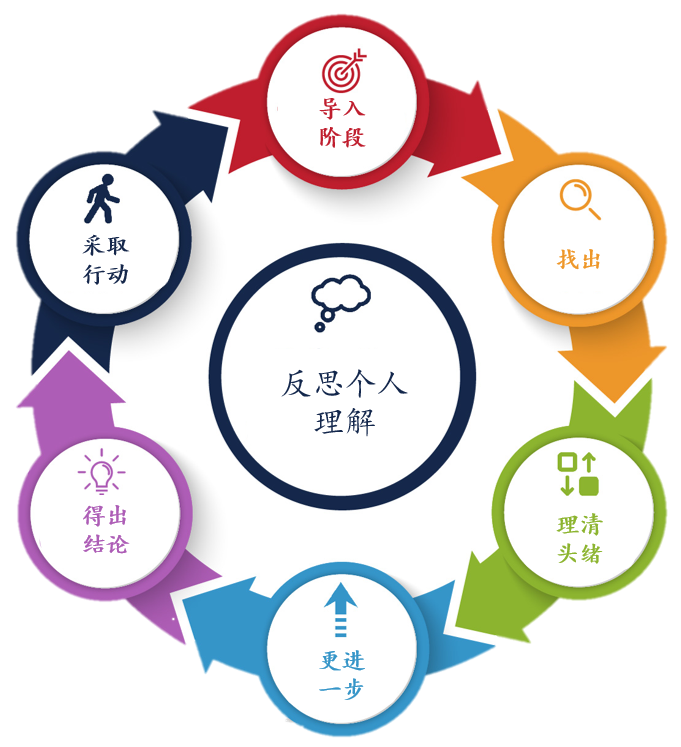
(德闳探究式学习循环)
02PART课堂亲历:化身学生,体验微生物探究之旅
理念阐述后,家长们迅速切换至“五年级学生”的角色,亲身体验了一节以“微生物”为主题的探究式科学课。
01目标与词汇:为探索铺路
课堂从明确学习目标和学习核心英文词汇开始。Mr. Sanidad以生动有趣的方式带领大家积累“微生物—microorganism”、“细菌—bacteria”等专业词汇。在学习“有害的—harmful”时,老师引导大家做出夸张的“躲避”动作,引发全场欢笑;而在学习“有益的—helpful”时,大家则不约而同地竖起大拇指。
随后进行的“词汇闪电战”将课堂气氛推向高潮——屏幕上快速闪现英文术语,家长们需立即做出相应动作。转眼间,教室变成了寓教于乐的互动场,科学词汇借助生动有趣的肢体语言,自然而然地深入每个人的记忆。
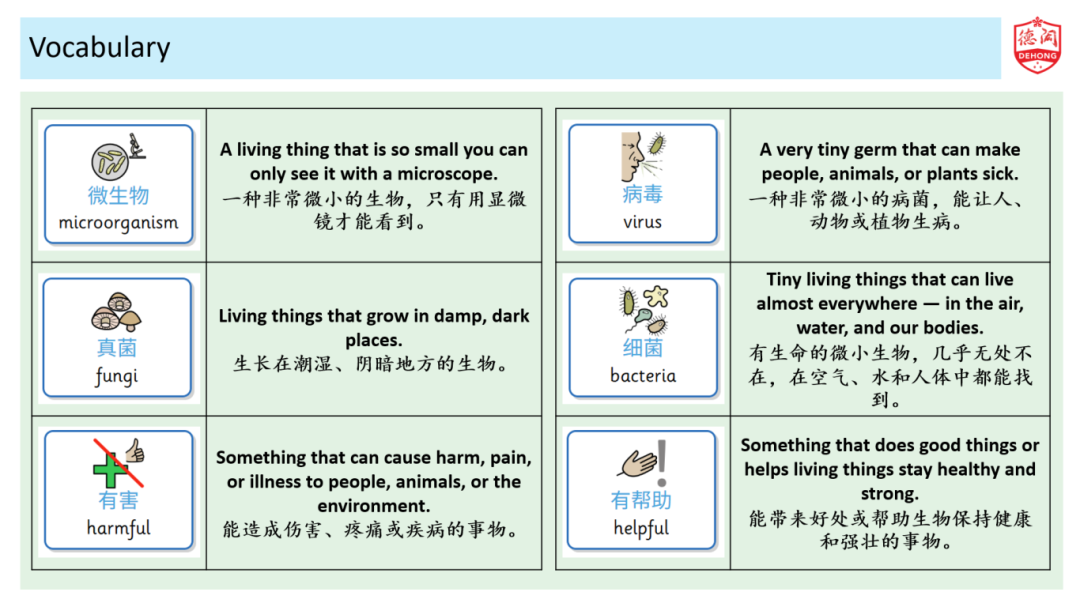
Ian Sanidad
我们每堂课都以清晰的学习目标开始,如同为孩子提供一张探索知识的地图。词汇教学远不止于跟读——通过融合听觉、视觉与动作的多感官教学法,结合游戏化活动设计,我们在学生开展探究前就帮助他们扫除语言障碍。
02探究激发站:用好奇点燃课堂
“接下来,我们将进入探究‘激发站’环节。”Mr. Sanidad话音一落,教室瞬间变为开放的微型实验室,四个互动站点等待探索。家长们化身为充满好奇的学生,纷纷投入各站点的活动中。
显微镜前很快排起小队,家长轮流俯身观察,不时发出惊叹:“看,那些移动的小点就是微生物吗?”图书角里,几人围拢在微生物绘本旁,指着放大的真菌图像展开热烈讨论。影像站前,有人对着细老师落的照片连连称奇:“这粉色的结构像花朵,居然是有害菌,真不可思议。”词汇区则上演着协作解谜场景——大家像拼图般将术语与释义逐一配对。老师穿行于各小组之间,通过“你观察到几种不同形态?”、“如果要对这些微生物分类,你会用什么标准?”等启发式提问,持续激发深度思考。
Ian Sanidad
“探究激发站”是探究循环中的关键环节。我们的目标不仅是传递知识,更是构建一个能激发好奇心的学习场域。通过设置多元探索站点,我们尊重每位学生的不同偏好,让他们以最自在的方式参与探索。他们的选择与追问,也清晰地反映出兴趣点和已有认知,这些源自学生本身的反馈,成为我们后续教学规划最珍贵的依据,真正做到“以学定教”。
03动手实验:从提问到验证
探究环节临近尾声时,一位家长提出“如何培养我们观察到的微生物”的疑问。Mr. Sanidad 随即分发培养皿和采样拭子,鼓励大家选择教室内任何感兴趣的区域进行取样。
家长们纷纷行动起来:有的仔细擦拭手机屏幕,有的俯身采集鞋底样本,还有的默契配合——一人负责门把手采样,另一人认真记录采样位置与时间。“请在培养基表面轻轻划出Z字轨迹,”Mr. Sanidad 示范道,“注意不要划破培养基。完成后盖好盖子,贴上标签。”在他的逐步引导下,家长们全神贯注于每个操作细节,那份专注与严谨,宛若初入实验室的研究员。
Ian Sanidad
学生的提问往往是开启探究之旅的最佳起点。当有孩子问“我们能培养细菌吗”时,说明他们已具备动手探索的内在动力。虽然有孩子们的好奇心指引方向,但每堂课都经过精心设计,以平衡自主探索与教学目标。我们设计这些实践环节,不仅为解答具体问题,更希望引导学生体验完整的科学探究流程——从建立假设、确定采样方法,到遵循规范操作、记录实验结果。
04从数据到行动:让学习联结真实世界
实验环节结束后,小学EML助理组长Ms. Levanya Naicker向家长们展示了今年五年级学生的细菌培养结果,并与往年样本进行对比。当键盘采样与操场采样的培养皿照片并列呈现时,家长们立刻发现:“今年键盘上的菌落数量更多,密度也明显更大!”
(五年级学生的细菌培养结果)
“我们可以采取哪些行动?”老师引导大家从数据现象转向实际应用的思考。家长们踊跃提出建议,如增加键盘清洁频率、提醒学生正确洗手等。Ms. Naicker随后展示了真实课堂中学生的成果:五年级学生使用清晰的数据和规范的科学英语,撰写了正式的建议信。而这些建议最终推动了学校落实机房键盘定期清洁计划,也让家长不禁感叹:“原来一个简单的实验,真的能带来切实的改变!”
Levanya Naicker
我们坚信,学习的终点不是试卷,而是负责任的行动。引导学生将实验结果与校园生活乃至更广阔的社会现实相联系,帮助他们实现思维上最具意义的跨越。当孩子发现所学知识能够切实改善环境、积极影响他人时,所获得的成就感与责任感是任何分数都无法替代的。而这,正是德闳所追求的深度学习与全人教育
03PART成果展示:从过程到评估,看见深度学习的发生
在课程尾声,Ms. Levanya介绍了本单元的最终评估任务:要求学生设计一种自己的“病毒”。现场展示的“睡眠病毒”学生作品范例——一种通过打哈欠传播、使人突然产生睡意的病毒——以其幽默的创意立刻吸引了家长们的注意。
(五年级学生在课堂上进行“病毒”设计任务)
老师进一步说明,该任务的评估标准涵盖科学严谨性、创意能力、成果展示清晰度及语言运用能力。学生需综合运用本单元所学知识,以兼具创意与逻辑的方式完成挑战。
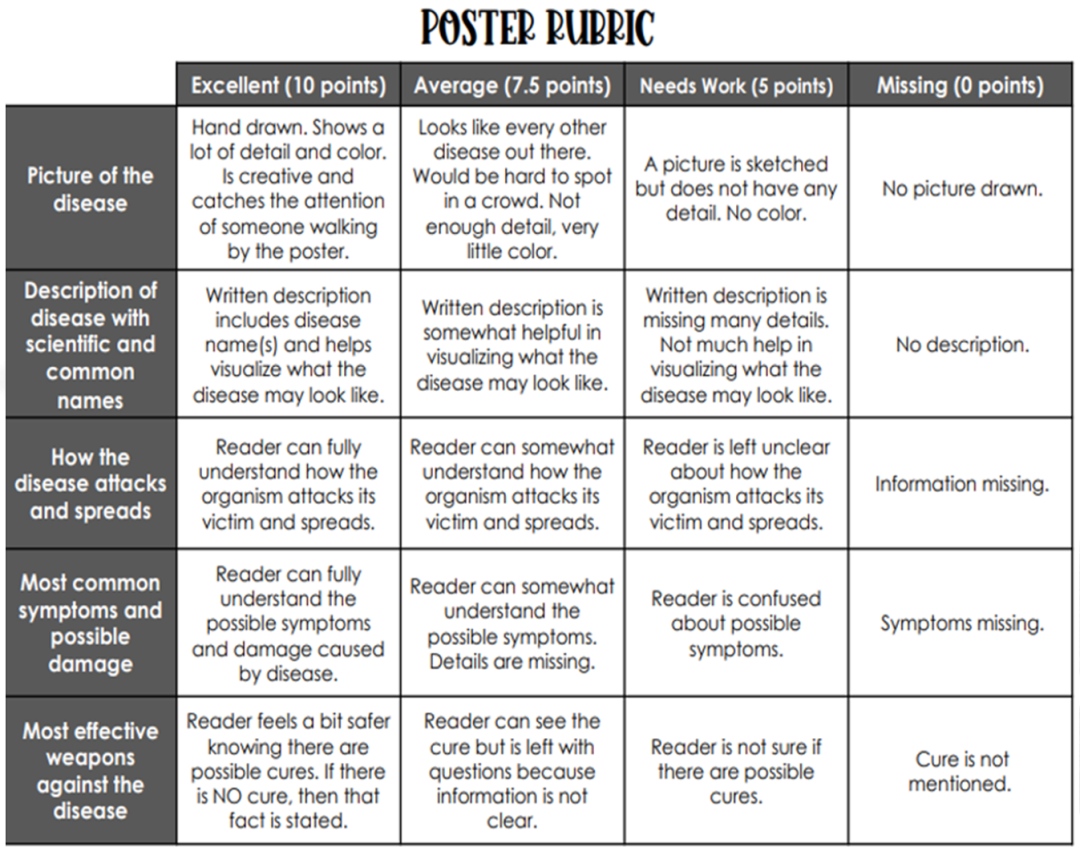
(“病毒”设计任务的评估方式)
Levanya Naicker
总结性评估是学习过程的自然延伸。除了制作海报外,其他单元的评估形式还包括单元测验、小组汇报、模型制作、书面报告或实践演示等。我们设计的评估任务注重融合创造力、科学理解与实际应用。当学生明确成功的标准时,他们便成为自己学习的主导者,清楚“卓越”的含义,并能自主规划学习路径。
在德闳,科学学习是一场始于好奇、成于实践、终于应用的探索之旅。当家长们带着亲手培育的细菌样本离开时,脸上都洋溢着满足的笑容。这场活动已超越寻常的家校互动,成为一次真实的共学体验,也让家长沉浸式地了解到孩子们在德闳的学习日常。
此次家长学院所体验的探究之旅,仅是德闳日常教学的一个缩影。未来,上海德闳小学部还将持续推出不同学科的体验活动与学习成果展,例如将于11月24日举办的英语学习成果展。我们期待与每一个德闳家庭共同携手,守护孩子与生俱来的探索精神,培养他们适应未来所需的核心素养与关键能力。
12月6日及12月13日
上海德闳将分别举办小学及中学开放日
即刻扫码报名,亲临德闳校园
探索优质资源支持下的个性化成长路径
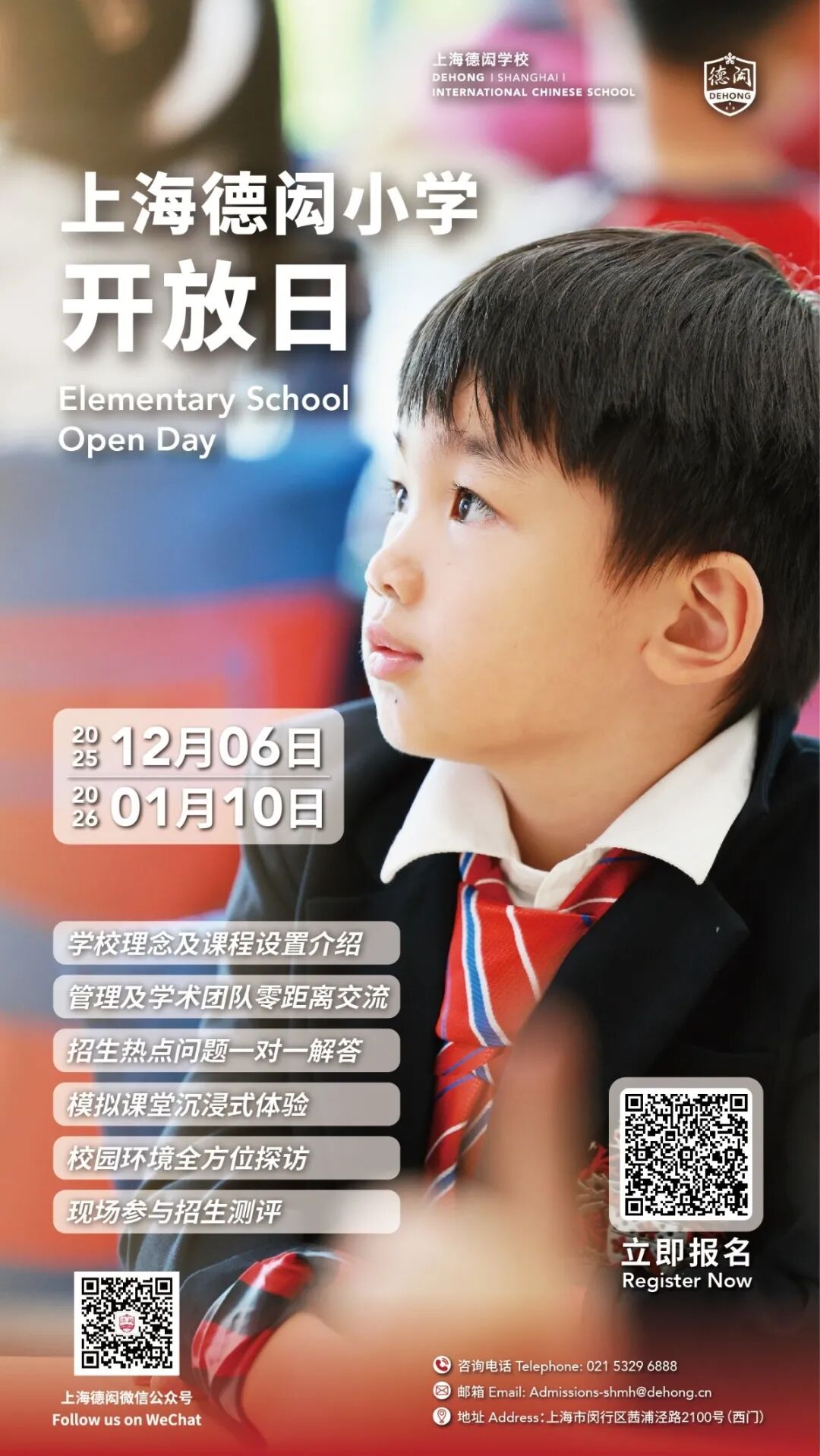
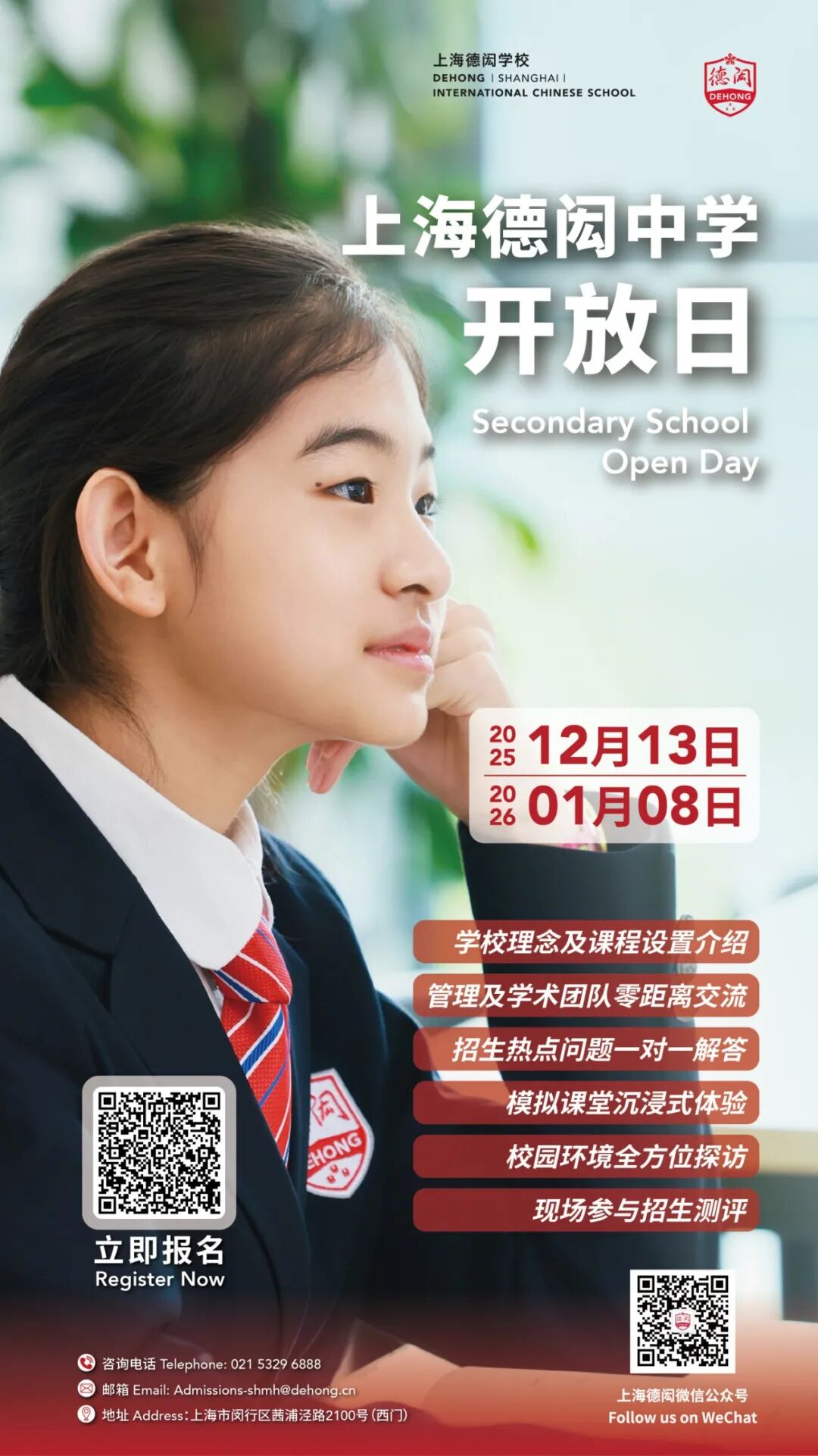
When Parents Become Grade 5 Students: A Parent Academy Science Class Unveils the Power of Inquiry-Based Learning
Have you ever wondered what your child actually learns in Science class at Dehong Elementary School? How do they explore the scientific world in English? And how is the seemingly abstract concept of “inquiry-based learning” brought to life in real classrooms?
To enable parents to experience the essence of the Dehong science classroom first-hand, the Elementary EML (English-Medium Learning) teaching team at Dehong Shanghai specially designed an unprecedentedParent Academy Science session. We invitedGrade 5 parentsto come onto campus, set aside their parent identity, and transform into “students” for an afternoon to personally experience the hands-on, engaging Science lessons their children enjoy every day. Now, let’s revisit this journey of exploration together.
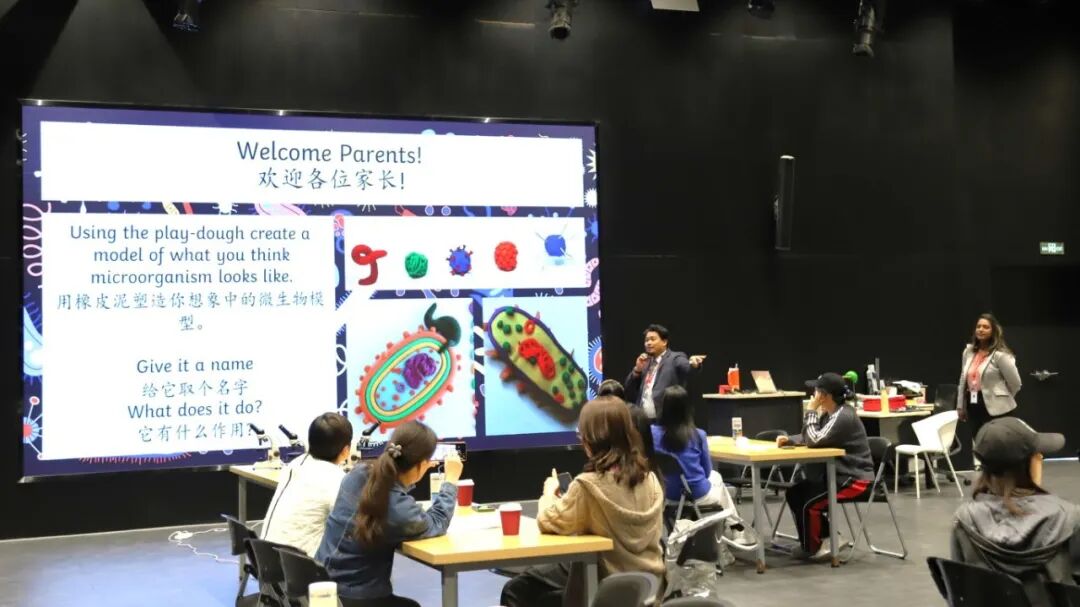
01PARTValues Lead the Way : How Does the Science Curriculum Empower Student Growth?
The session began with Mr. Ian Sanidad, EML Lead Teacher of the Elementary School, introducing the guiding principles of Dehong’s Science curriculum:“At Dehong, we strive to nurture learners who arecurious questioners, thoughtful researchers, confident communicators, and creative problem-solvers.”
All of this is built upon theInquiry-Based Learning Cycle—Dehong’s Science lessons guide students through a complete process: from initial encounter, deeper investigation, sorting and classifying, forming conclusions, to practical application.

(Dehong Inquiry-Based Learning Cycle)
02PARTClassroom Immersion: Becoming Students to Explore the World of Microorganisms
After the conceptual introduction, parents quickly switched into their “Grade 5 student” roles and took part in an inquiry-based Science lesson themed aroundmicroorganisms.
01Learning Objectives & Vocabulary: Laying the Foundation
The lesson began byclarifying learning objectives and key scientific vocabulary in English. Using lively and engaging approaches, Mr. Sanidad introduced terms such asmicroorganism,bacteria,harmful, andhelpful. When learningharmful, he encouraged an exaggerated “dodging” gesture, which drew laughter across the room; when learninghelpful, everyone spontaneously gave a thumbs-up. A fast-paced“vocabulary flash challenge”brought the energy to a peak—English scientific terms flashed rapidly across the screen, and parents responded instantly with matching gestures. The classroom quickly transformed into a lively space of joyful learning, wherescientific vocabulary became memorable through multi-sensory and kinesthetic teaching methods.
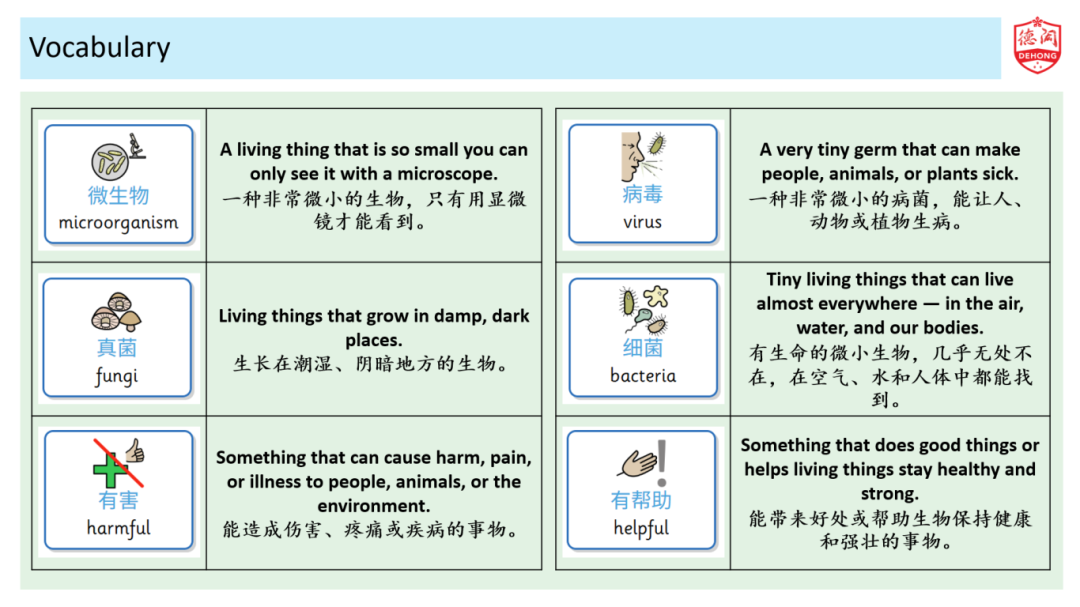
Ian Sanidad
Every lesson begins with clear learning objectives—a map that guides students’ exploration. Vocabulary teaching goes beyond repetition—throughmulti-sensory methods that combine visuals, sound, physical movement, and game-based design,we help students remove language barriers before they begin inquiry.
02Inquiry Stations: Igniting Curiosity
“Next, we will move into our inquiry stations.” With that, the classroom instantly transformed into a small open lab, with four interactive stations waiting to be explored.
Parents—now students—enthusiastically scattered into different stations.At the microscope station, a line quickly formed as parents bent forward to observe samples.“Those little moving dots—are they microorganisms?” someone exclaimed.At the reading corner, small groups gathered around illustrated books, discussing magnified fungal images with fascination.At the image station, photos of bacterial colonies drew reactions like:“This pink pattern looks like a flower—can’t believe it’s harmful bacteria!”At the vocabulary station, parents collaborated to match terms with definitions, turning scientific vocabulary into a puzzle challenge. Teachers moved between groups,prompting deeper thinking with guiding questionssuch as:“How many different shapes do you observe?”“If you were to classify these microorganisms, what criteria would you use?”
Ian Sanidad
“Inquiry stations” are a key part of the inquiry cycle. Our goal is not simply to deliver knowledge, but tocreate a learning environment that sparks curiosity. Multiple types of stations respect different learning preferences and allow students to explore in ways that feel natural to them. Their choices and questions reveal their prior understanding and interests—valuable data that helps us truly “teach based on learning.”
03Hands-On Experiment: From Questions to Verification
As the inquiry activities wrapped up, one parent asked:“Can we grow the microorganisms we observed?” Mr. Sanidad immediately handed out petri dishes and swabs, inviting everyone to collect samples from anywhere in the classroom.
Parents eagerly scattered: Some swabbed their phone screens, some collected samples from their shoe soles, others worked in pairs—one sampling the door handle, the other recording data. “Please gently streak a Z-shape on the agar surface,” Mr. Sanidad demonstrated. “Be careful not to break the agar. After that, close the lid and label your plate.” Parents followed each step with full concentration, resembling novice researchers entering a laboratory for the first time.
Ian Sanidad
Students’ questions are often the best starting point for inquiry. When a child asks “Can we grow the bacteria?” it shows a natural readiness to explore. Although curiosity provides direction, every lesson is carefully designed tobalance free exploration and learning goals. These hands-on activitiesguide students through the full scientific inquiry process—from forming hypotheses, designing sampling methods, following scientific procedures, to recording results.
04From Data to Action: Connecting Learning with Real Life
After the hands-on experiment, Ms. Levanya Naicker, EML Assistant Lead, showed the actual results of Year 5 students’ bacterial cultures from this year, comparing them with samples from previous years. When photos of keyboard samples and playground samples were displayed side by side, parents quickly observed: “There are more colonies on the keyboard this year—and they’re denser!”
(Bacteria Culture Results from Grade 5 Students)
“What actions can we take?” The teacherguided the group from data interpretation toward real-world application. Parents proposed ideas such as: increasing keyboard cleaning frequency, and reminding students to wash hands correctly. Ms. Naicker then shared real student work: Grade 5 students had written formal recommendations using clear data and accurate scientific English. Their suggestionsultimately led to the school implementing a regular cleaning schedule for computer lab keyboards. Parents responded with surprise and admiration: “A simple experiment can lead to real change!”
Levanya Naicker
We believe learning should not end with a test—it shouldlead to responsible action. When students discover that what they learn can genuinely improve their environment and positively impact others, the sense of purpose and responsibility they gain is irreplaceable. This is the deep learning and holistic education we pursue at Dehong.
03PARTShowcase of Learning: From Process to Assessment, Witnessing Deep Learning in Action
At the end of the session, Ms. Levanya introduced the final assessment task of this unit: students were required todesign their own “virus.”
(Grade 5 Students Completing the “Virus” Design Task in Class)
The displayed example—“The Sleep Virus,” which spreads through yawning and causes sudden drowsiness—immediately caught parents’ attention with its creativity. The teacher explained that the assessment criteria include: scientific accuracy, creativity, clarity of presentation and quality of language usage. Students must integrate what they learned to complete the task in a way that is both imaginative and logical.

(Assessment criteria for the “virus design” task)
Levanya Naicker
Assessment is a natural extension of the learning process.Besides posters, assessments in other units also include quizzes, group presentations, models, written reports, and practical demonstrations.Our assessment design values creativity, scientific understanding, and real-world application. When students understand what success looks like, they become the leaders of their own learning.
In Dehong, science learning begins withcuriosity, deepens through practice, and culminates in application. As parents left the classroom carrying the bacterial samples they had cultivated themselves, each wore a satisfied smile. This activity went beyond typical home–school interaction—it became a shared learning journey that allowed parents to truly experience their children’s daily learning at Dehong.
The inquiry journey experienced in this Parent Academy session is only a snapshot of everyday teaching at Dehong. Moving forward,Dehong Elementary School will continue to offer subject-based interactive experiences and exhibitions of student learning—such as the upcoming English Learning Exhibition on November 24.We look forward to partnering with every Dehong family to protect children’s natural curiosity and nurture the core competencies they need for the future.
December 6 & December 13
Dehong Shanghai will hosttheES & SSOpen Day
Scan the QR code to register and
discover how world-class resources nurture personalized growth
